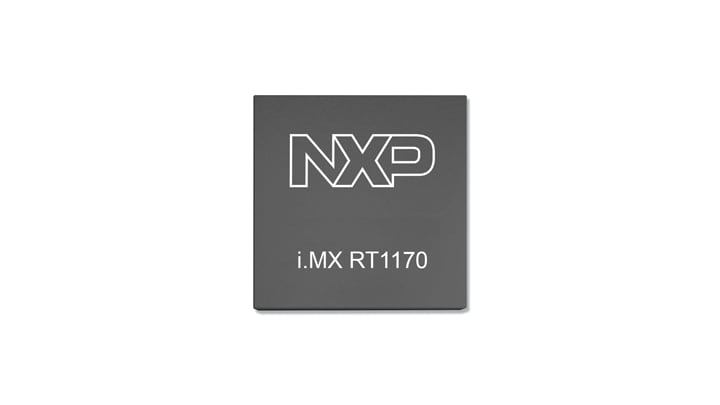
i.MX RT1170: 1 GHz Crossover MCU with Arm® Cortex® Cores
i.MX RT1160 Crossover MCUs are dual-core devices featuring an Arm® Cortex®-M7 and Cortex-M4 for real-time performance and high integration for Industrial and IoT applications.
The i.MX RT1160 Arm ®Cortex®-M7 operates at up to 600 MHz and the Arm® Cortex®-M4 up to 240 MHz with 1 MB on-chip RAM. The family offers advanced 2D graphics, MIPI-CSI, MIPI-DSI, and various memory interfaces, a wide range of connectivity interfaces including 3x Ethernet up to Gbps with TSN/AVB, UART, SPI, I²C, USB and 3x CAN. The i.MX RT1160 provides advanced embedded security including secure boot and crypto engines.
The i.MX RT1160 family is supported by the MCUXpresso ecosystem, which includes an SDK, a choice of IDEs and secure provisioning and configuration tools to enable rapid development.

i.MX RT1170: 1 GHz Crossover MCU with Arm® Cortex® Cores

2.4/5 GHz Dual-Band 1x1 Wi-Fi® 6 (802.11ax) + Bluetooth® 5.4 + 802.15.4 Tri-Radio Solution
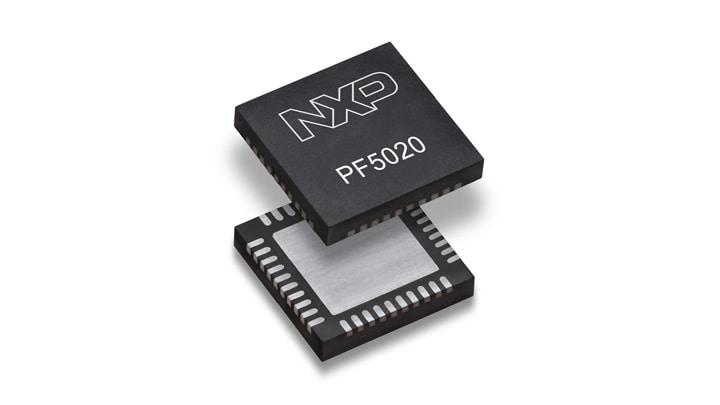
Multi-Channel (5) PMIC for Automotive Applications – 4 High Power and 1 Low Power, Fit for ASIL B Safety Level
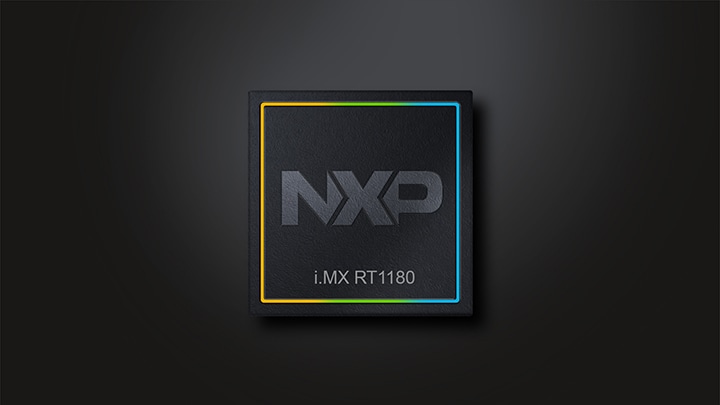
i.MX RT1180: Crossover MCU with TSN Switch and EdgeLock®
|
|
|
|
|
|
|
|---|---|---|---|---|---|
|
|
|
|
|
|
|
|
|
|
|
|
|
|
|
|
|
|
|
|
|
|
|
|
|
|
|
|
|
|
|
|
|
|
|
|
|
|
|
|
|
|
|
|
|
|
|
|
|
|
|
|
|
|
|
|
|
|
|
|
|
|
|
|
|
|
|
|
|
|
Quick reference to our documentation types.
1-10 of 103 documents
Compact List
Please wait while your secure files are loading.
4 design files
Receive the full breakdown. See the product footprint and more in the eCad file.
Please wait while your secure files are loading.
1-5 of 12 hardware offerings
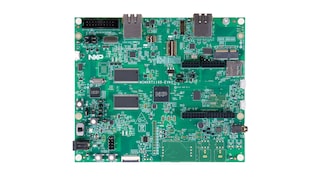
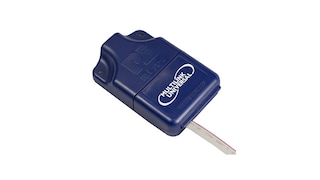
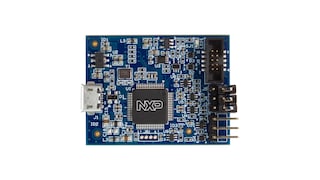
Additional hardware available. View our featured partner solutions.
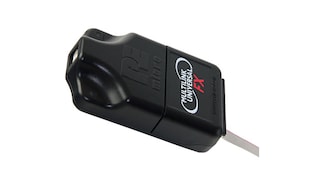
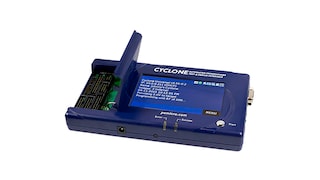
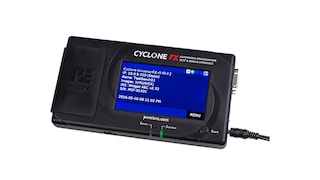
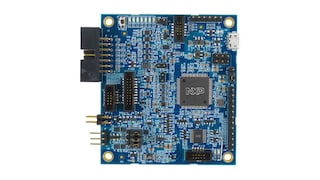
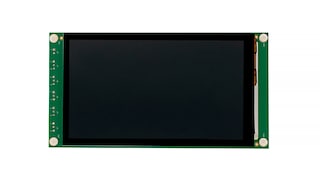
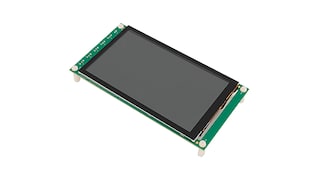
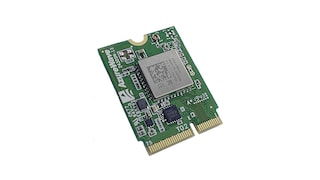
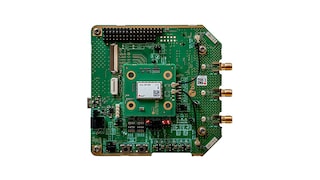
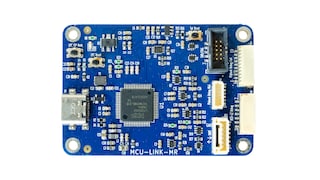
1-5 of 8 hardware offerings
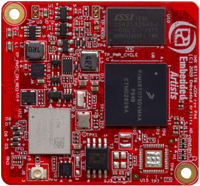
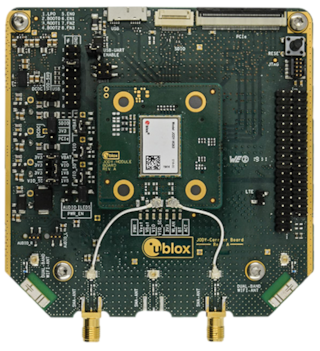
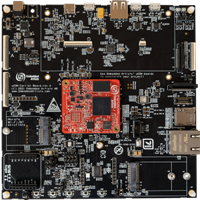
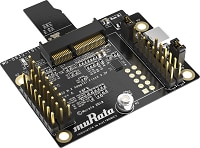
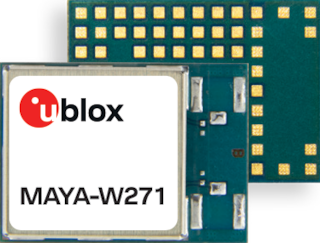
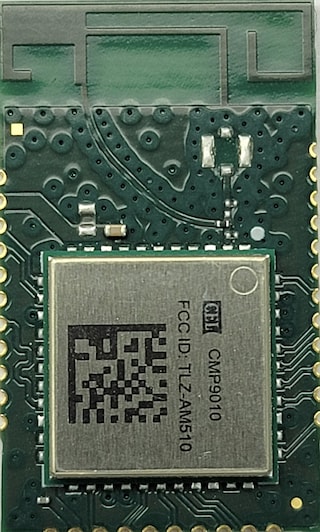
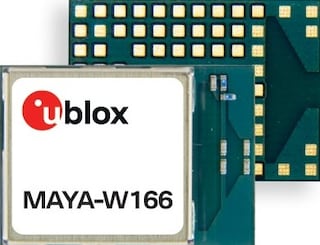
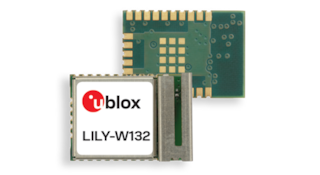
To find additional partner offerings that support this product, visit our Partner Marketplace.
Quick reference to our software types.
1-5 of 21 software files
Additional software available. View our featured partner solutions.
Note: For better experience, software downloads are recommended on desktop.
Please wait while your secure files are loading.
1-5 of 41 software offerings

.svg?imwidth=300)

.svg?imwidth=300)





































To find additional partner offerings that support this product, visit our Partner Marketplace.
3 engineering services

.svg)

There are no results for this selection.
To find additional partner offerings that support this product, visit our Partner Marketplace.
1 trainings
3 trainings
To find additional partner offerings that support this product, visit our Partner Marketplace.